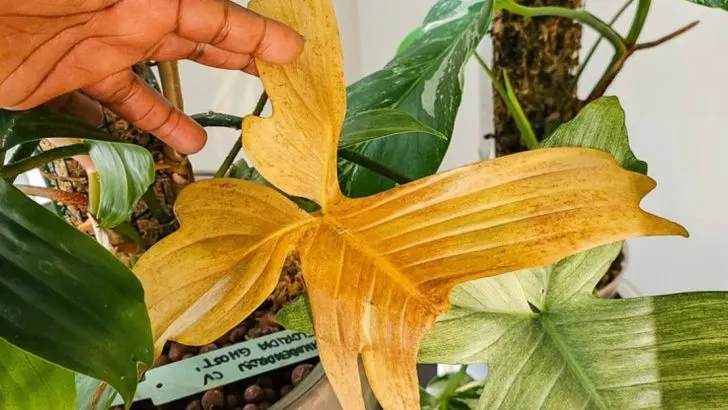You might expect plants to simply wilt when deprived of water — but the reality is far more surprising. When you stop watering for just one week, your garden can respond in a number of strange and unexpected ways. Some plants panic, some adapt, and others even thrive under the sudden stress.
From defensive chemical releases to root system shifts, drought triggers a cascade of subtle (and not-so-subtle) changes both above and below the soil. These short dry spells can reveal hidden strengths, weaknesses, and even help identify which plants are truly worth your time.
In this article, explore 12 unusual effects that happen when your plants go without water for a week. Whether you’re curious, forgetful, or experimenting with tough-love gardening, what happens next might just change how you view watering forever.
Droopy Leaves
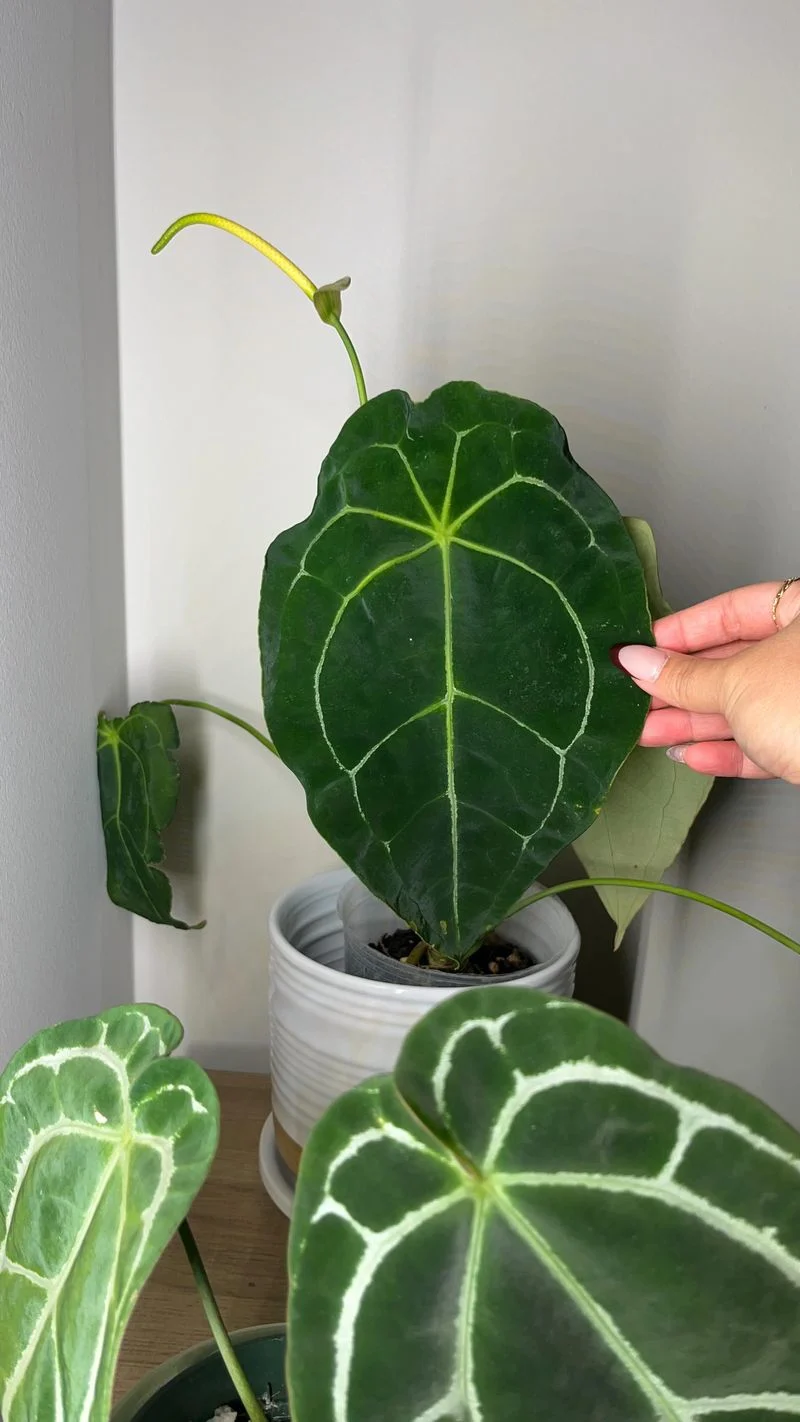
Ever noticed leaves looking like they’re having a bad hair day? When deprived of water for a week, plant leaves lose their firmness, drooping as if they’re wilting in despair. This is the plant’s way of conserving moisture, pulling water from its leaves to vital parts like roots. It’s a temporary defense, showing just how resourceful plants can be. This droopiness isn’t just an aesthetic issue; it signals stress. Despite their sagging appearance, these leaves can recover if watering resumes promptly. The transformation can be striking, akin to watching a wilted bouquet spring back to life.
Soil Crusting
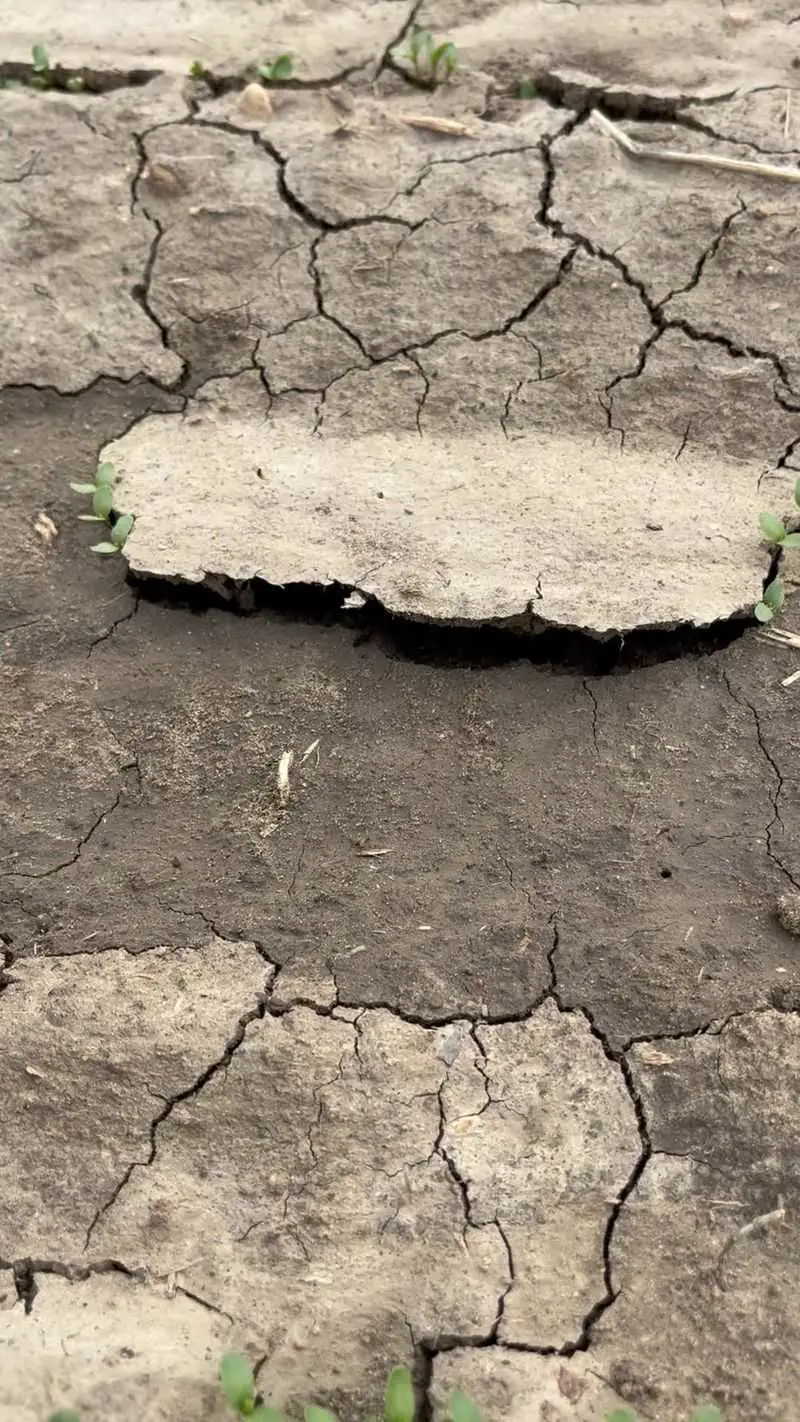
Crusty soil is like the desert’s call sign for houseplants. When you skip watering for a week, the soil can become hard and crusty, as if it’s forming a protective shell around itself. This happens because the organic matter in the soil dries out and contracts. Beyond being a visual cue, crusty soil can hinder water absorption when you finally decide to water your plant. It’s a bit like trying to hydrate through a straw that’s sealed shut, creating a hidden obstacle in your plant care routine. Addressing this promptly can prevent further complications.
Leaf Curling
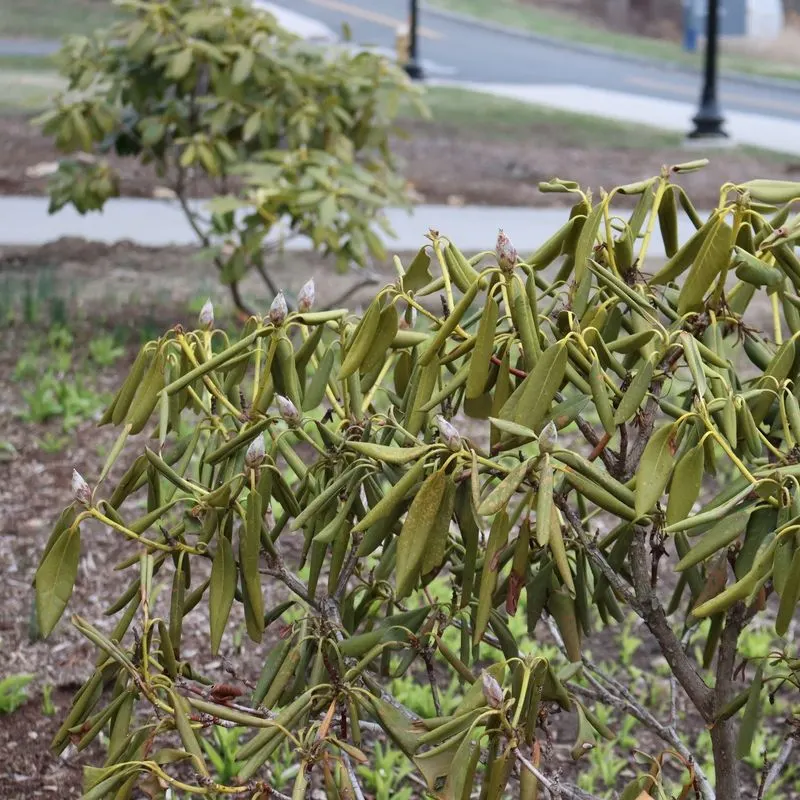
Leaves that curl up can seem like the plant is throwing in the towel. After a week without watering, plants might exhibit leaf curling, a defense strategy to minimize water loss by reducing the leaf surface area exposed to sunlight. This curling also affects photosynthesis efficiency. Although curling can appear dire, it’s a survival mechanism. The leaves’ ability to uncurl once watering resumes is a testament to their resilience. It’s a remarkable display of a plant’s adaptability, reflecting its ongoing battle with the elements. Curling is more than just a visual oddity; it’s a narrative of survival.
Yellowing Foliage

If the plant’s foliage turns yellow, it’s like a distress signal in the plant world. This change often occurs when watering is neglected for a week. Yellowing can be a sign of nutrient deficiency, as the plant begins reallocating resources to essential parts. This symptom reflects the plant’s attempt to survive, prioritizing its core over its extremities. Though this transformation seems alarming, it’s reversible with timely watering and care. The yellow leaves may not regain their original color, but new growth can emerge healthy. It’s a vivid illustration of plant resilience amid stress.
Stunted Growth
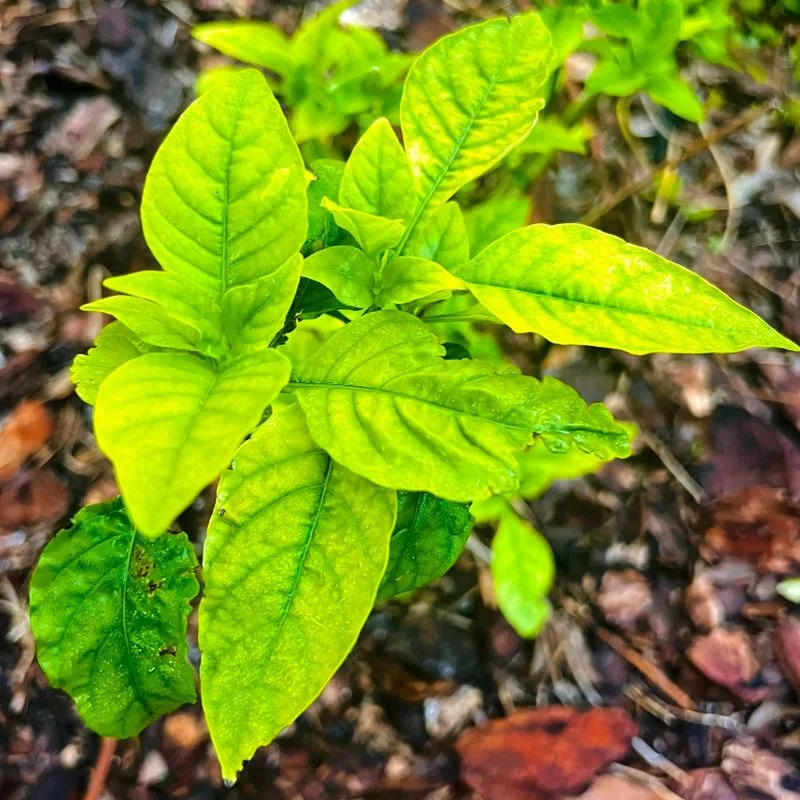
Stunted growth is a subtler reaction to insufficient watering. A week without water can halt a plant’s development, as it switches from growth mode to survival mode. This pause in growth is not just about the lack of water; it’s about conserving energy and resources. The plant prioritizes survival over expansion, akin to a bear conserving energy during hibernation. Once regular watering resumes, growth may restart, although some permanent stunting might occur. This phenomenon underscores how sensitive plants are to environmental changes and their strategic responses to survive.
Brown Tips
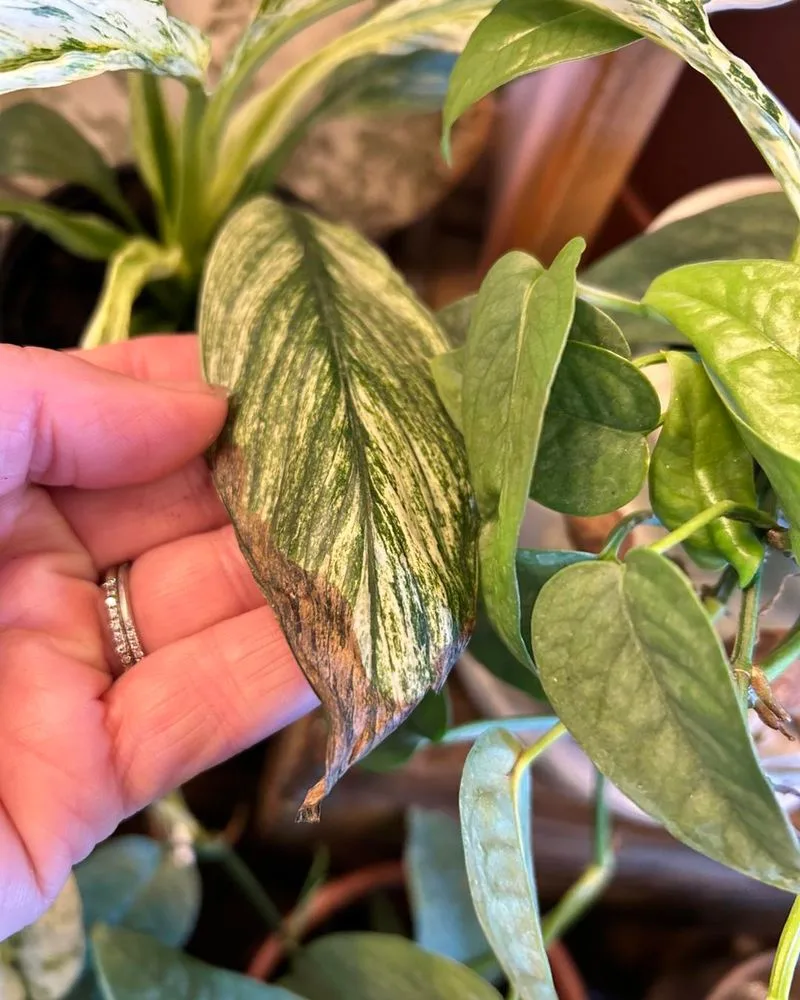
When plants sport brown tips, it’s as if they’re wearing a badge of dehydration. This happens after a week without water, where the leaf tips dry out first due to their distance from the roots. Brown tips indicate the plant’s attempt to conserve moisture by sacrificing less critical areas. While the aesthetics suffer, this adaptation highlights the plant’s strategic prioritization. Watering can halt further damage, though the brown parts won’t heal. This situation reflects the plant’s gritty side, enduring harsh conditions with an ‘all for survival’ mindset.
Root Shrinkage
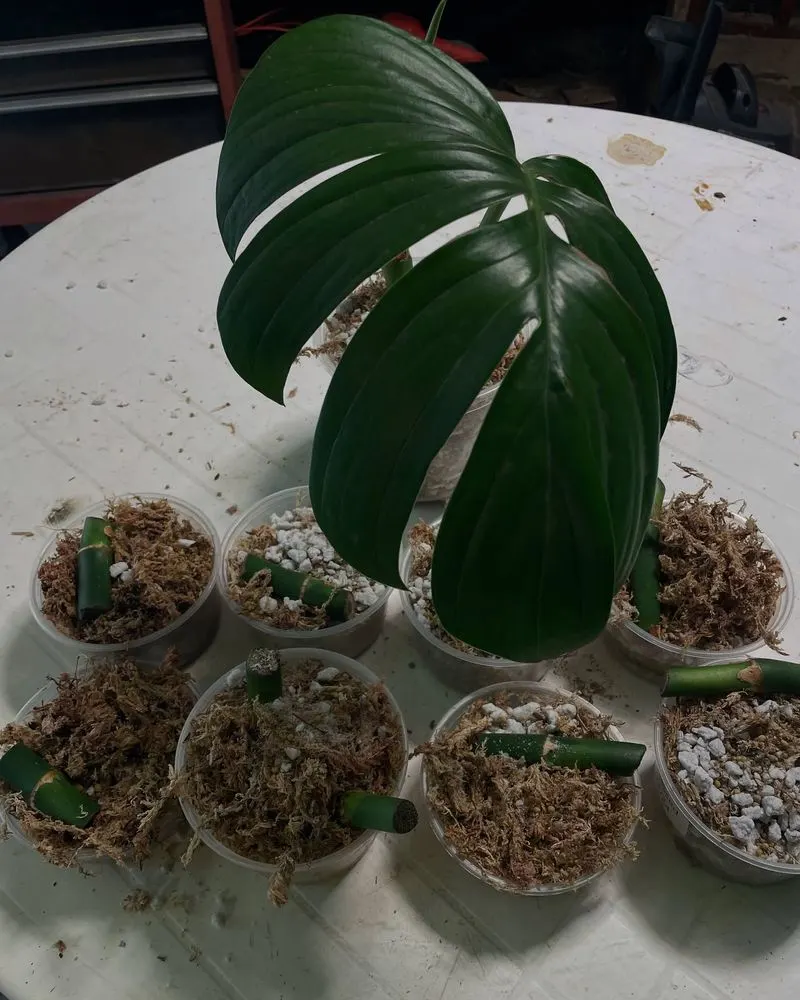
Root shrinkage might not be visible above ground, but it’s a hidden drama unfolding beneath the surface. A week without water can cause plant roots to contract, losing their plumpness as they dehydrate. This shrinkage reflects the roots’ struggle to find moisture, affecting stability and nutrient uptake. It’s a silent battle, with the roots retreating to conserve energy. Once watering resumes, roots may regain some plumpness, reviving their function. This cycle illustrates the resilience of roots, often overlooked, yet essential. Observing this process offers insight into the underground world of plant survival.
Transpiration Halt

Transpiration might sound like a fancy term, but it’s simply how plants breathe. A week’s drought can lead to a halt in this process, as plants conserve water by closing their stomata. This halt impacts photosynthesis and cooling, creating a delicate balance between survival and growth. While it’s not visibly dramatic, the effect on the plant’s internal functions is profound. Once watering resumes, transpiration restarts, reviving the plant’s vitality. This pause and restart is an intriguing aspect of plant behavior, highlighting how they manage resources wisely under stress.
Wilted Appearance

Wilted plants can look like they’ve given up, drooping forlornly after a week without water. This appearance isn’t just aesthetic; it signals a drop in turgor pressure, the force within cells that keeps them firm. The wilting is a temporary adaptation, allowing the plant to reduce water loss by minimizing leaf exposure. It’s a fascinating survival tactic, showing how plants manage in challenging conditions. Once rehydrated, plants often bounce back, demonstrating their resilience. Wilting is nature’s way of showing us that even in adverse conditions, life finds a way to endure.
Increased Pest Attraction
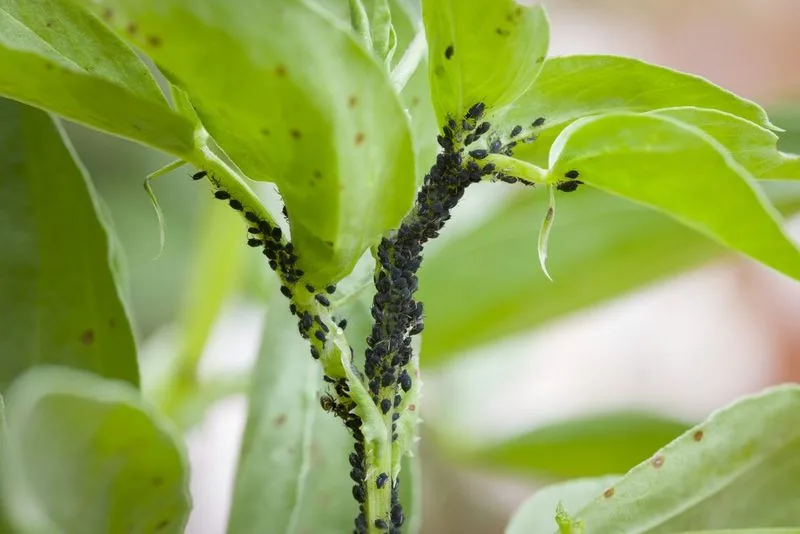
A parched plant may become a pest magnet. A week without water can make plants more susceptible to pests, as their weakened state invites unwelcome visitors like aphids and spider mites. These pests prey on vulnerable plants, exacerbating the stress. The plant’s diminished defenses make it an easy target, illustrating how interconnected nature’s challenges can be. Prompt watering can help restore the plant’s defenses, reducing pest attraction. This scenario highlights the complex relationships in plant care, where hydration plays a crucial role in maintaining a plant’s health and resilience against pests.
Fungal Growth
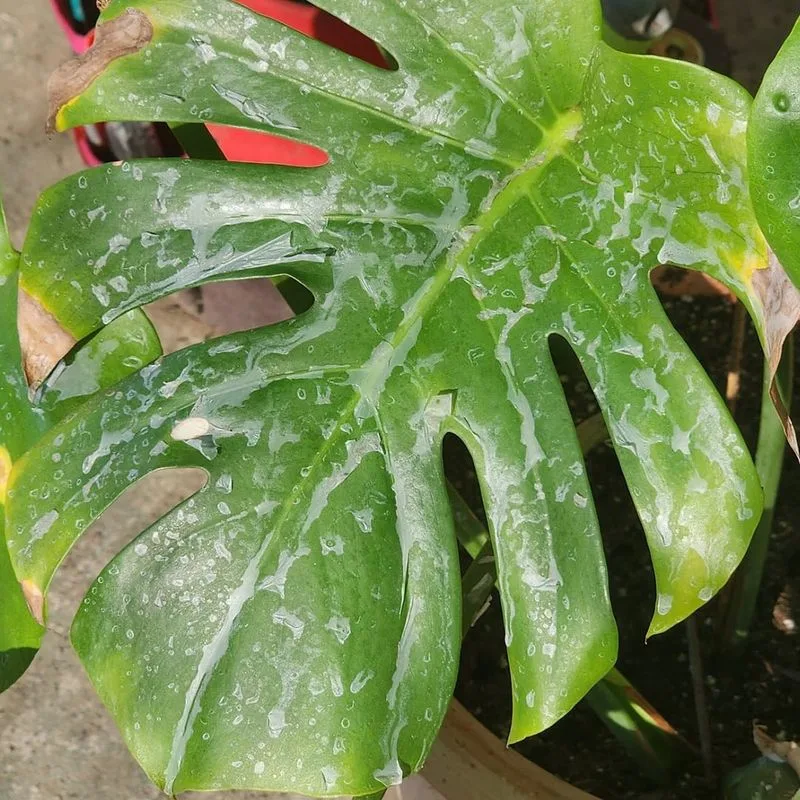
It seems counterintuitive, but skipping watering can encourage fungal growth. Dry soil might create an environment where opportunistic fungi thrive, taking advantage of the plant’s weakened state. The imbalance in moisture levels can lead to conditions where fungi, like powdery mildew, establish themselves. This unwanted growth is a reminder that neglect in one area can lead to issues elsewhere. Addressing fungal growth requires more than just watering; it’s about restoring balance and ensuring the plant’s environment supports robust health. This phenomenon underscores the delicate balance in plant ecosystems.
Color Fading
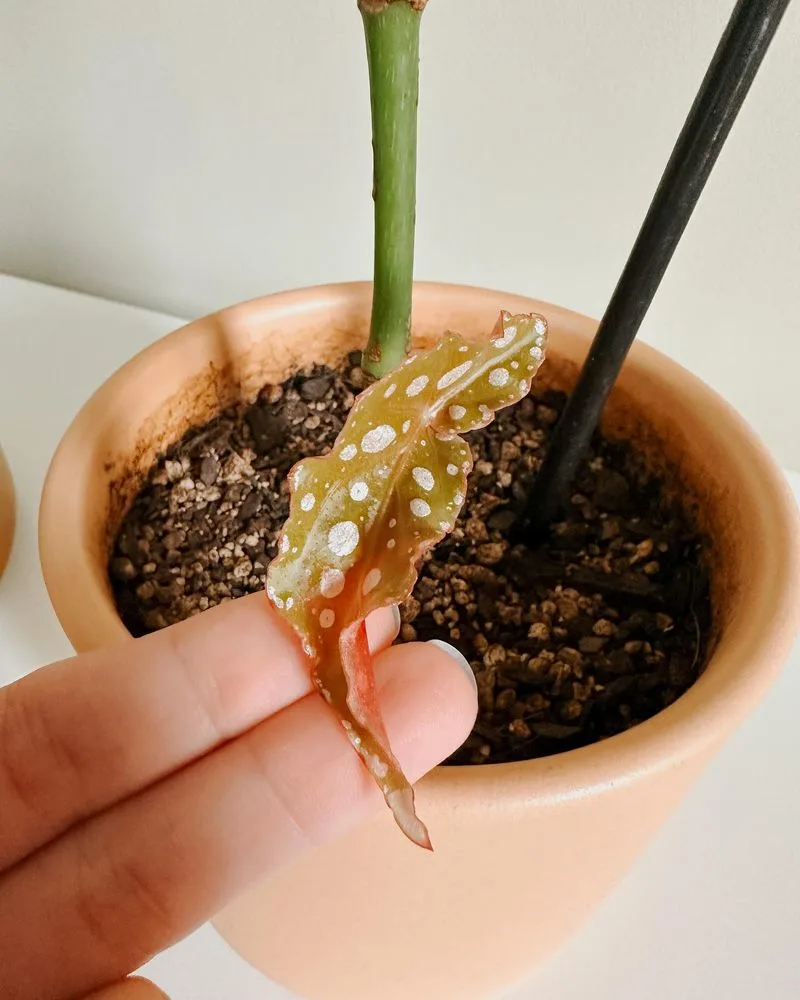
When vibrant green fades, it’s like the plant’s losing its essence. A week sans water can cause color fading, as chlorophyll production falters without sufficient hydration. This fading is more than just a cosmetic change; it reflects a disruption in the plant’s energy process. The lack of water stalls chlorophyll production, which can lead to dull, lifeless leaves. Once watering resumes, color can be restored, showcasing the plant’s ability to rebound. The contrast between faded and restored colors serves as a visual testament to water’s vital role in plant health.

